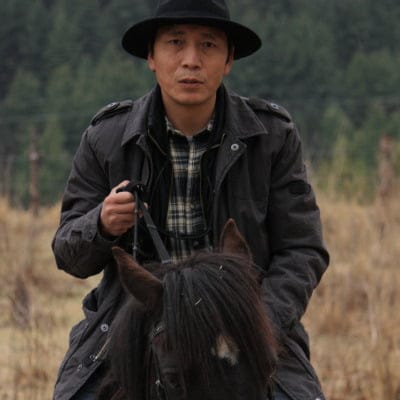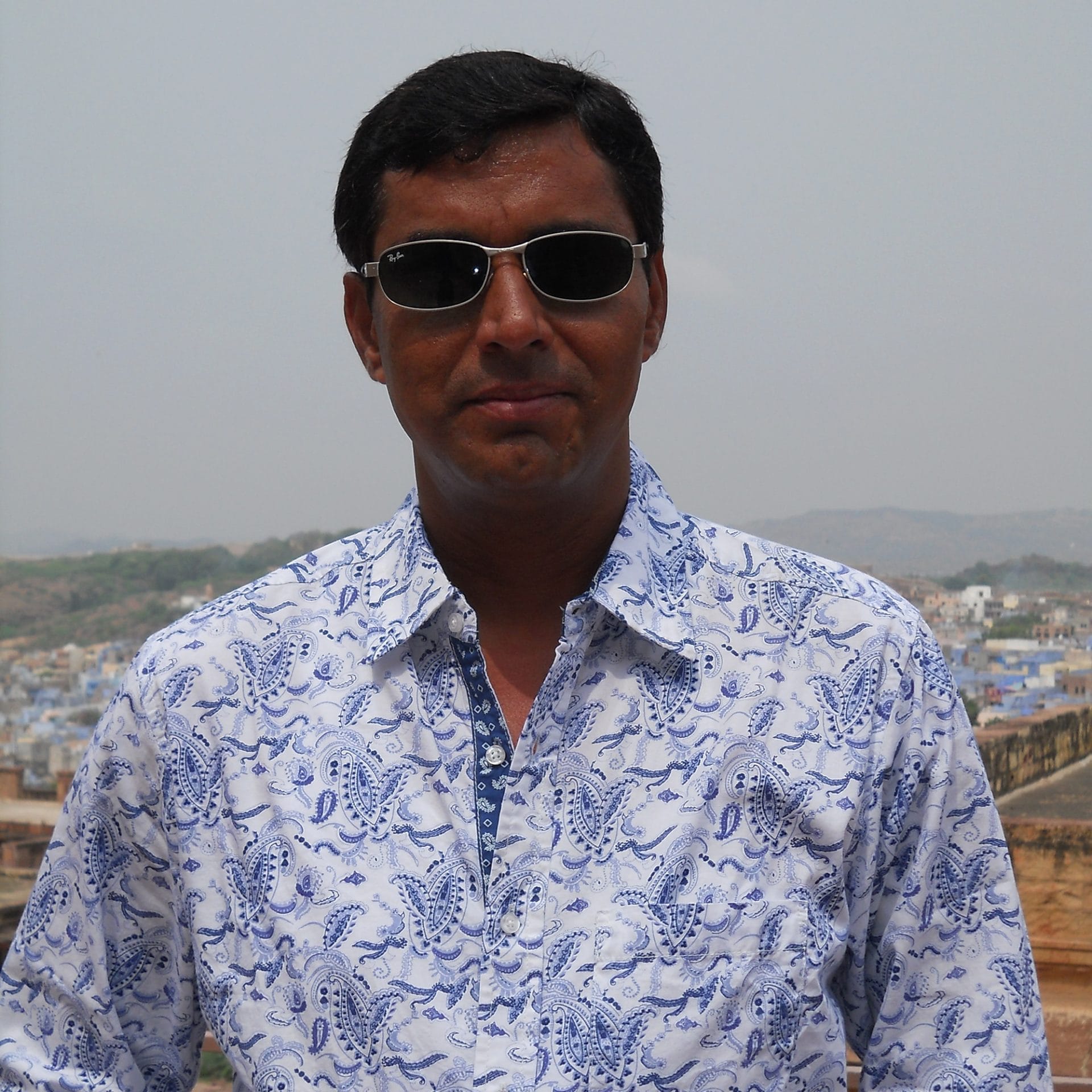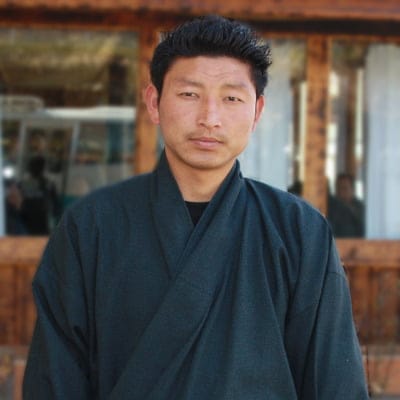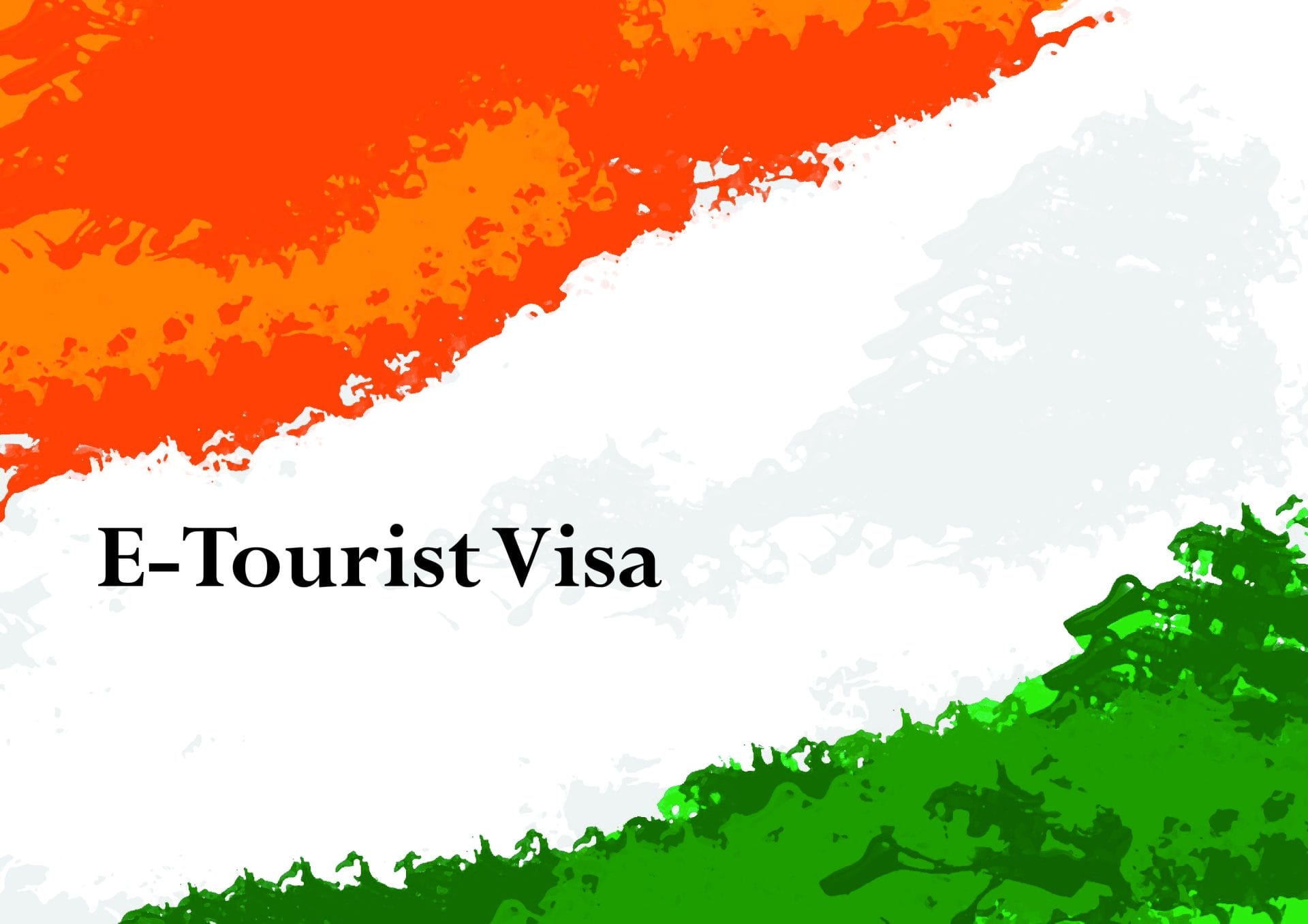
Tashi Tagye
This set of symbols is very popular in Bhutan and you will find them in dzongs, temples, monasteries, home and offices. It is also known in Sanskrit as ‘Ashtamangala’, ashta means eight and mangala means auspicious and they carry special meanings:
DUG (parasol) embodies notions of wealth or royalty, for one had to be rich enough to possess such an item, and further, to have someone carry it. It points to the “royal ease” and power experienced in the Buddhist life of detachment. It also symbolises the wholesome activities to keep beings from harm (sun) like illness, harmful forces, obstacles and so forth, and the enjoyment of the results under its cool shade.

SERNYA (a pair of golden fishes) were originally symbolic of the rivers Ganges and Yamuna, but came to represent good fortune in general, for Hindus, Jain and Buddhists. Within Buddhism it also symbolises that living beings who practice the dharma need have no fear to drown in the ocean of suffering, and can freely migrate (chose their rebirth) like fish in the water. They may also be taken to symbolize the eye of perception as fish can see through muddy water.

BUMPA (Treasure Vase) is a sign of the inexhaustible riches available in the Buddhist teachings, but also symbolises long life, wealth, prosperity and all the benefits of this world. (There is even a practice which involves burying or storing treasure vases at certain locations to generate wealth, eg. for monasteries or dharma centers.)

LOTUS (padma) is a very important symbol in India and of Buddhism. It refers to the complete purification of body, speech and mind, and the blossoming of wholesome deeds in liberation. The lotus refers to many aspects of the path, as it grows from the mud (samsara), up through muddy water it appears clean on the surface (purification), and finally produces a beautiful flower (enlightenment). The white blossom represents purity, the stem stands for the practice of Buddhist teachings which raise the mind above the (mud of) worldly existence, and gives rise to purity of mind. An open blossom signifies full enlightenment; a closed blossom signifies the potential for enlightenment.

DUNGKAR (conch shell), which is also used as a horn, symbolises the deep, far reaching and melodious sound of the teachings, which is suitable for all disciples as it awakens them from the slumber of ignorance to accomplish all beings’ welfare. It symbolises reverberating sound of Dharma and signifies the awakening of sentient beings from The sleeping state of Their ignorance. It persuades them towards the path of noble deeds that are beneficial to others. Gautam blew the conch shell when he decided to preach the law. The Conch shell is blown in commemoration of this event whenever there is a special sermon by a high lama.

PALBHEU (endless knot) is a geometric diagram which symbolises the nature of reality where everything is interrelated and only exists as part of a web of karma and its effect. Having no beginning or end, it also represents the infinite wisdom of the Buddha, and the union of compassion and wisdom. Also, it represents the illusory character of time, and long life as it is endless.

The GYALTSEN (Victory Banner) symbolises the victory of the Buddha’s teachings over death, ignorance, disharmony and all the negativities of this world, and victory over. This symbol also signifies the fortune of having victory of good over the evil forces which hinders the success of noble goals and also proclaims the victory of deity over evil. It is used in processions.

KHORLO (Dharmachakra); it is said that after Siddharta Gautama achieved enlightenment, Brahma came to him, offered a Dharma-Wheel and requested the Buddha to teach. It represents the Buddhist teachings.



 +1 612 869 4949
+1 612 869 4949
